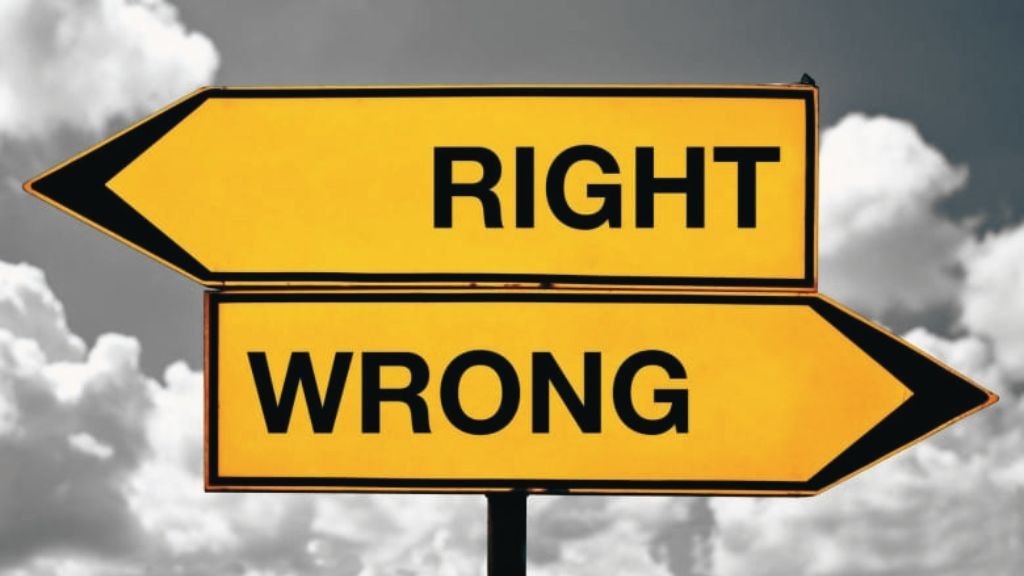There have been many studies that explore how people make decisions about right and wrong. One interesting study that stands out is the one that talks about how boys and girls think differently about morality. This study was conducted by a psychologist named Carol Gilligan. Gilligan’s work is important because it helps us understand how gender can influence our thoughts and actions.
In this blog, we will discuss whose study described the differences in the way that boys and girls view morality, how boys and girls view morality differently, and why it matters. We will keep the explanations simple so that every student can understand these ideas clearly.
Who Is Carol Gilligan?
Carol Gilligan is an American psychologist who made important contributions to our understanding of how boys and girls think differently about morality. She was a student of another well-known psychologist, Lawrence Kohlberg, who studied moral development in children and adults. However, Gilligan noticed something missing in Kohlberg’s work – it didn’t fully address how girls think about moral issues. This inspired her to explore the differences in the way boys and girls view morality.
Gilligan’s study focused on how different experiences and upbringing can shape the way boys and girls make decisions about what is right and wrong. She believed that both boys and girls have different ways of thinking, and both should be understood and valued.
Also read: Senior Design Project Ideas Mechanical Engineering
Kohlberg’s Theory and Gilligan’s Response
Before we talk about Carol Gilligan’s study, it’s important to understand a bit about Lawrence Kohlberg’s theory of moral development. Kohlberg developed a model to explain how people decide what is right or wrong. He conducted research mostly on boys and used their responses to develop his stages of moral development.
Kohlberg’s theory included six stages that ranged from following rules to avoid punishment to understanding ethical principles. His research suggested that people move through these stages as they grow older and gain more experience. However, Carol Gilligan noticed that when girls were tested using Kohlberg’s model, they often scored lower. This led her to think that maybe Kohlberg’s theory didn’t fully capture how girls think about moral issues.
What Did Gilligan Find?
Carol Gilligan conducted her own research to better understand the differences between boys’ and girls’ views on morality. In her study, she found that boys and girls tend to have different approaches when it comes to making moral decisions.
- Justice vs. Care: Gilligan discovered that boys often think about morality in terms of justice, fairness, and rules. They tend to focus on what is right or wrong based on clear principles. For example, if someone breaks a rule, a boy might think they should be punished because rules are important.
Girls, on the other hand, tend to think about morality in terms of care, relationships, and empathy. They often consider how their decisions will affect others and try to find solutions that will help everyone involved. For example, if someone breaks a rule, a girl might think about why they did it and whether there is a way to solve the problem without hurting anyone. - Different Voices: Gilligan used the term “different voices” to describe the way boys and girls approach moral issues. She said that boys have a “voice of justice” while girls have a “voice of care.” This doesn’t mean that one way is better than the other. Instead, Gilligan believed that both ways are important and should be valued.
Examples of Moral Thinking in Boys and Girls
To better understand these differences, let’s look at some simple examples.
- Example 1: A Broken Rule
Imagine a situation where a friend breaks a school rule by cheating on a test. A boy might think, “Cheating is wrong, and there should be a punishment because rules are important.” He focuses on justice and fairness.
A girl, however, might think, “Why did my friend cheat? Maybe they were feeling a lot of pressure or didn’t understand the material. How can I help them so they don’t feel the need to cheat again?” She focuses on care and understanding. - Example 2: Sharing
In a situation where there is only one piece of cake left and two people want it, a boy might say, “We should cut it in half so that it’s fair.” He wants to make sure everyone gets an equal share.
A girl might say, “I think my friend should have it because they didn’t get any cake earlier.” She thinks about the feelings and needs of others before making a decision.
Why Are These Differences Important?
Understanding the differences in how boys and girls view morality is important for several reasons.
- Better Education: Teachers and educators can use this knowledge to better understand their students and help them develop their moral thinking. By recognizing that boys and girls may approach problems differently, teachers can create learning environments that support both perspectives.
- Valuing Different Perspectives: It is also important for everyone to understand that there isn’t just one “right” way to think about moral issues. Both justice and care are important in different situations. For example, in some cases, it is important to follow rules and be fair, while in other situations, showing empathy and understanding is more important.
- Gender Equality: Gilligan’s study helps promote gender equality by showing that girls’ ways of thinking are just as valuable as boys’. In the past, girls were often judged by standards that didn’t consider their unique perspective. Gilligan’s work shows that both boys and girls have important contributions to make when it comes to understanding morality.
Criticism of Gilligan’s Study
It is important to note that not everyone agrees with Carol Gilligan’s findings. Some researchers have argued that the differences she found between boys and girls are not as clear-cut as she suggested. They believe that both boys and girls can use both justice and care when making moral decisions, depending on the situation.
However, even with this criticism, Gilligan’s work has been very influential. It has encouraged people to think more about how gender can influence our thoughts and actions, and it has opened up new ways of understanding moral development.
How Can We Apply This Knowledge?
- In Schools: Teachers can encourage both boys and girls to think about justice and care when faced with moral problems. For example, they can ask students to think about what is fair, but also to consider how their actions will affect others.
- In Everyday Life: Understanding these differences can help us be more understanding and supportive of others. If we know that someone is approaching a problem differently, we can try to see things from their point of view and work together to find the best solution.
Also read: How to Beat Procrastination and Start Taking Action
Conclusion
Carol Gilligan’s study on the differences in how boys and girls view morality has helped us understand that there are different ways to think about right and wrong. Boys often focus on justice and fairness, while girls tend to think about care and relationships. Both ways of thinking are important, and understanding these differences can help us create a more supportive and fair world for everyone.
By valuing both the “voice of justice” and the “voice of care,” we can make better decisions, both in our personal lives and in our communities. It is important to remember that there is no one right way to think about morality – different situations call for different approaches, and both boys and girls have valuable perspectives to offer.

